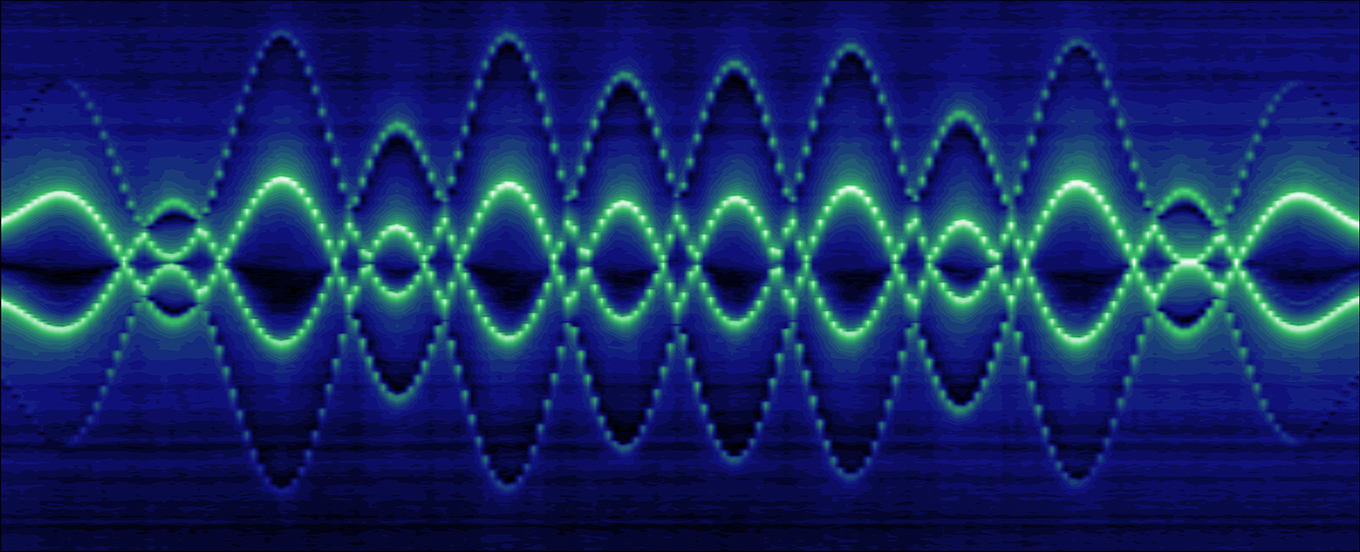Optical magnetometers based on atomic gases have proven to have extremely high magnetic field sensitivities, exceeding even state-of-the-art SQUIDs. These devices work by optically detecting small changes in the frequency of a paramagnetic spin transition in the presence of a magnetic field. The measurement sensitivity of an optical magnetometer is dependent on the linewidth of the atomic transition as well as the atom density. This suggests that much higher sensitivity could be obtained in solids, which can have optical densities ten orders of magnitude higher than in atomic gases.
However, any solid state implementation of an optical magnetometer must address the same issue that has already been resolved in atomic gases – how to avoid the linewidth broadening caused by interactions between the closely packed ions. We are investigating the use of ferromagnetic rare earth crystals to solve this problem.

In a ferromagnet, the ions are locked together into an ordered lattice by the interaction itself, removing the broadening seen in unordered systems. The low lying excited states of a ferromagnet involve macroscopic motion of the entire spin system, known as magnons. These modes are sensitive to magnetic fields and can have very narrow linewidths, making them an excellent candidate for a magnetometer sensing transition.
We are studying stoichiometric rare earth ferromagnets such as ErCl3.6H2O for optical magnetometers. In particular, we are looking at how the rare earth interactions affect the optical and spin linewidths above, and below, the material’s ordering temperature. We will use this information to evaluate the performance expected of a rare-earth based optical magnetometer.